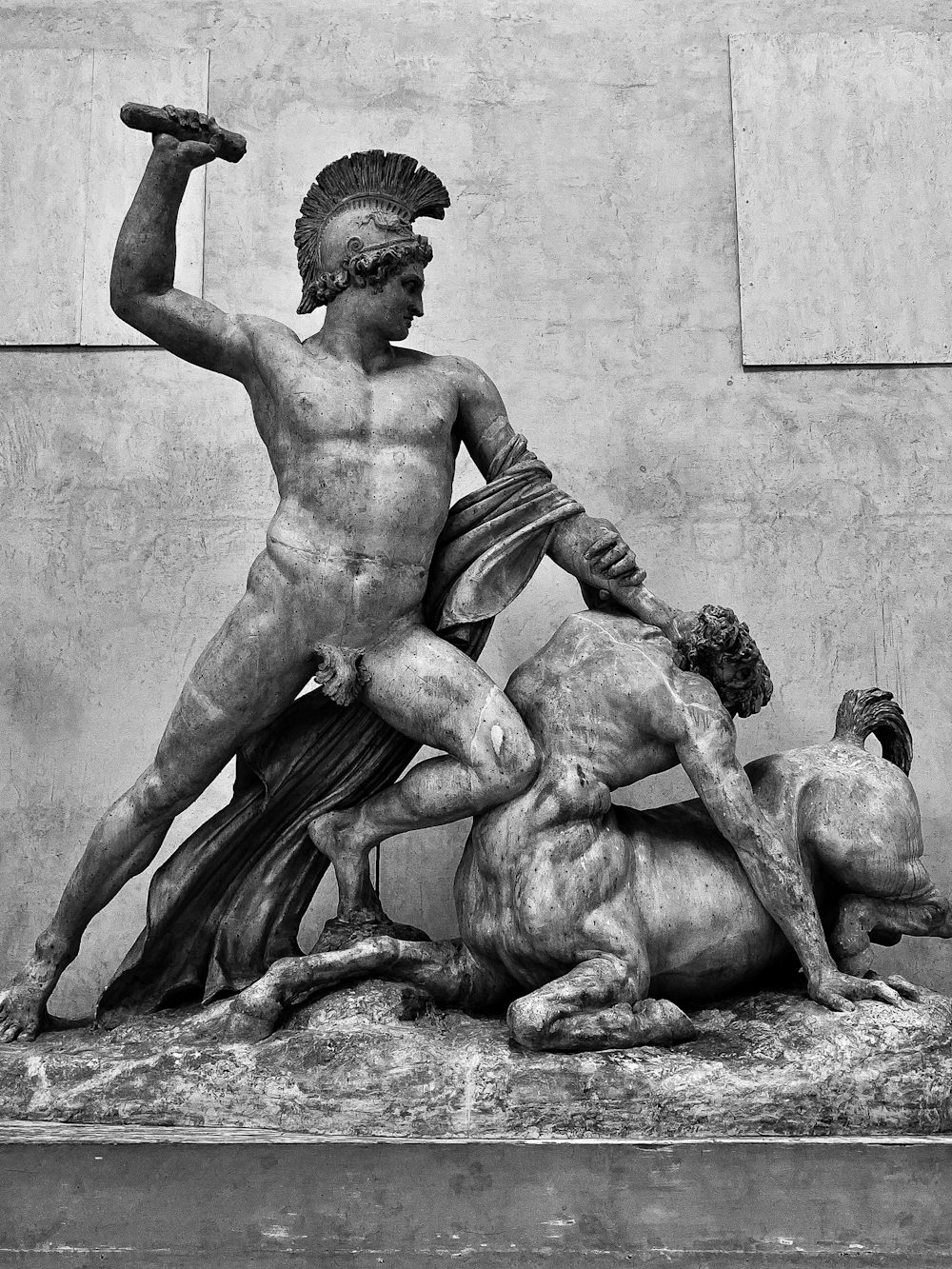What role does the body play in the extraction of Carrara marble?
Bodies are at the centre of this process, from the extraction of the stone to its processing and finally to the creation of furniture or sculpture. In this project, the body is seen as a common thread between these two worlds (human and geological), from the effort it makes during extraction to its exaltation as a sculptural work.
Carrara is not just a small Italian town surrounded by mountain landscapes, dusty roads, and pristine white quarries but also where 800 workers extract the world’s most sought-after marble daily—a material renowned for its pure colouring, stunning design patterns and malleability. However, it is only thanks to the local workforce that tons of marble are transported, processed, and sold worldwide. It is the interaction between the workers and the mountain that enables the subsequent marketing process. Indeed, thanks to these workers, who can manoeuvre large pulleys and heavy machinery, marble slabs finally reach the end customers.
Other than just a simple decorative/design element, this precious material has been used to produce art, especially in the past. The Gypsotheca of Antonio Canova, an Italian 18th-century sculptor often regarded as the greatest among the Neoclassical artists, is an example of how marble can be used to transform stories and thoughts into three-dimensional objects artistically. From single white marble slabs, Canova was able to extract incredible sculptures and bring mythical creatures to life, such as “The Three Graces”, “Perseus with the Head of Medusa”, “Venus Italica,” “Psyche Revived by Cupid’s Kiss” and “Perseus Triumphant”. Hence, the body is the true protagonist from the beginning to the end of the extraction process.



